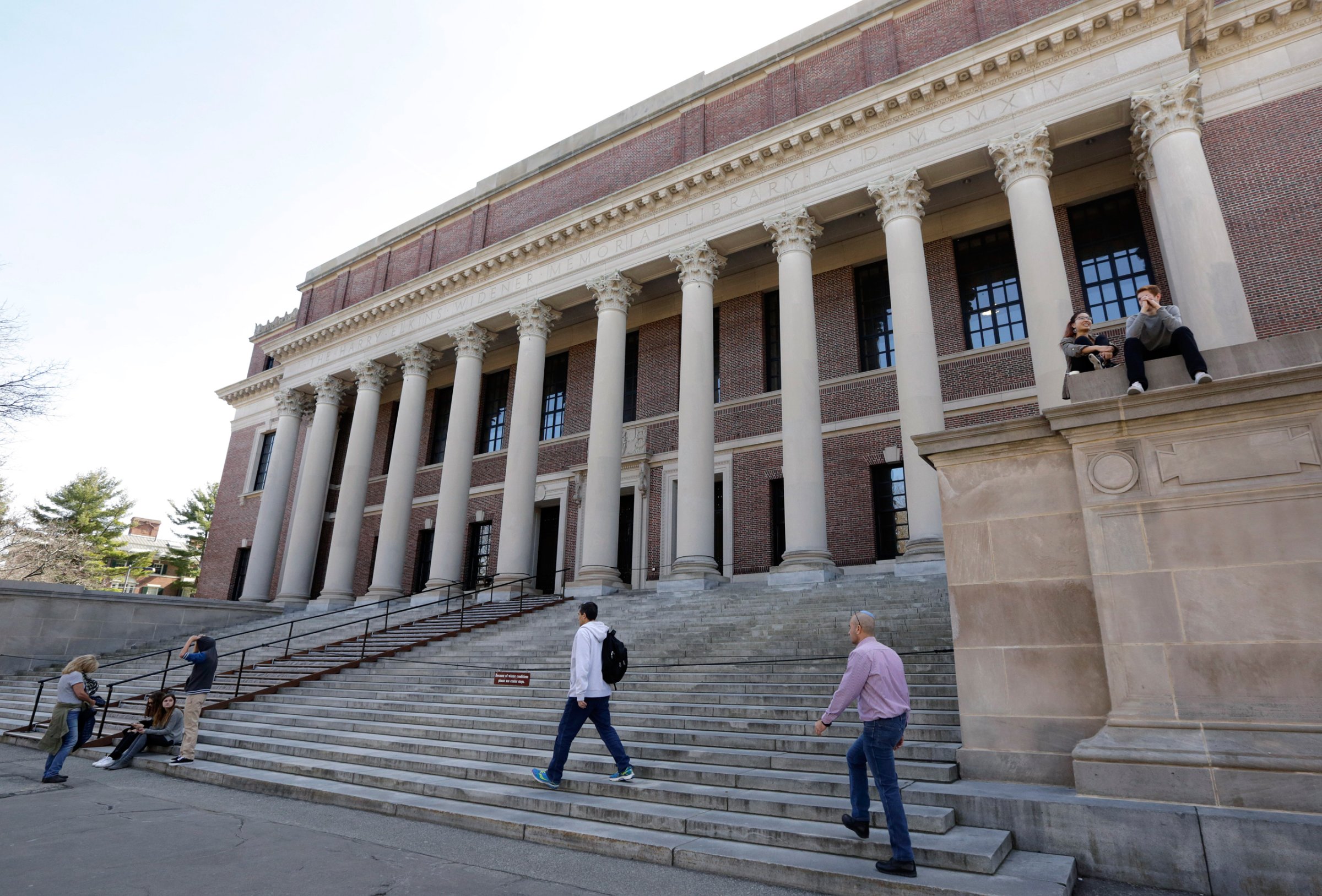
As I’ve written recently, higher education, and in particular the for-profit sector, has become increasingly financialized—meaning, it is focused on money over outcomes and engaged in financial machinations that actually undermine the quality of the core business proposition, which is supposed to be turning out well-prepared students.
But the problems aren’t limited to the for-profit sector alone. A new study out Tuesday from the Roosevelt Institute shows that non-profit public and private colleges and universities are increasingly involved in risky deals with Wall Street that are putting them at huge financial risk. A detailed case study of 19 major institutions, ranging from Ivy League schools like Harvard and Columbia, to state universities like the University of Michigan, to a variety of smaller state schools local community colleges, found that these institutions were involved in risky swaps deals that had already cost schools $2.7 billion in unnecessary fees—enough to pay tuition and school fees for 108,000 students in the sample group. That is money which, as the report notes, has siphoned “billions of dollars out of these schools’ budgets, at a time when schools are increasingly passing on their costs to students, including borrowing costs, and for public schools, costs related to decreases in state and federal funding.” What’s more, in order to get out of the bad derivatives deals, schools would have to pay an estimated $808 million in penalties to lenders.
Why are such schools cutting risky deals with the Street, the very same sort of bad deals that brought down public governments in places like Detroit? The fall in state funding for public universities over the last two decades is a core part of the story; those cuts are due not only to the financial crisis but over the longer term to the tax revolt in various red states (thank you Grover Norquist and the Koch Brothers). For an interesting look at that issue, check out the documentary film Starving the Beast.
But as the Roosevelt study outlines, the borrowing isn’t just down to a need to pay for high quality education for students, but also “an amenities arms race,” in which colleges are competing with each other to nab rich, full fee-paying students by building fancier facilities, students centers, and luxurious housing. In a separate study, Charlie Eaton, a University of California Berkeley sociologist, and his colleagues found that only about 25 % of all interest payments on debt being made by schools were for investments in classroom construction or other instruction related projects. The majority is going to build things like new stadiums, cafeterias, and rec center. All of this has resulted in a huge borrowing boom amongst colleges and universities – between 2003 and 2012, per student spending on debt interest payments increased 45 % at public colleges, 23 % at private colleges and an eye popping 76 % at community colleges.
Unfortunately, many schools haven’t gotten great terms on all that debt. Sold a bill of goods by Wall Street, they’ve entered into contracts that have now gone bad, costing them much more than they expected. As Deane Yang, head of research at the New York based debt management advisory firm Andrew Kalotay Associates puts it in the Roosevelt report, the schools sit on “an uneven playing field” when trying to negotiate such deals. “Basically, you have a gullible counterparty and a much more sophisticated one.” Some of the stories of woe, including Harvard’s disastrous foray into swaps under former president Larry Summers’ watch, are well publicized. Others are less so. Seven out of eight of the largest public universities in Michigan, for example, have had or still have swaps on their books, and the two largest, the University of Michigan and Michigan State, have spent about $215 million on swap payments and termination penalties.
Obviously, this raises huge questions about how the balance sheets of such schools are managed. But it also has a real human cost – schools that are indebted and struggling to meet interest payments pass on those costs to students, which is one key reason that average per student debt has risen from $29,400 to $35,000 over the last three years. As those students struggle to pay down debt, consumption is depressed, as is economic growth. It’s a crisis that effects us all – and one that is likely to grow as the costs of the educational swaps bomb becomes more apparent.
More Must-Reads from TIME
- How Donald Trump Won
- The Best Inventions of 2024
- Why Sleep Is the Key to Living Longer
- Robert Zemeckis Just Wants to Move You
- How to Break 8 Toxic Communication Habits
- Nicola Coughlan Bet on Herself—And Won
- Why Vinegar Is So Good for You
- Meet TIME's Newest Class of Next Generation Leaders
Contact us at letters@time.com